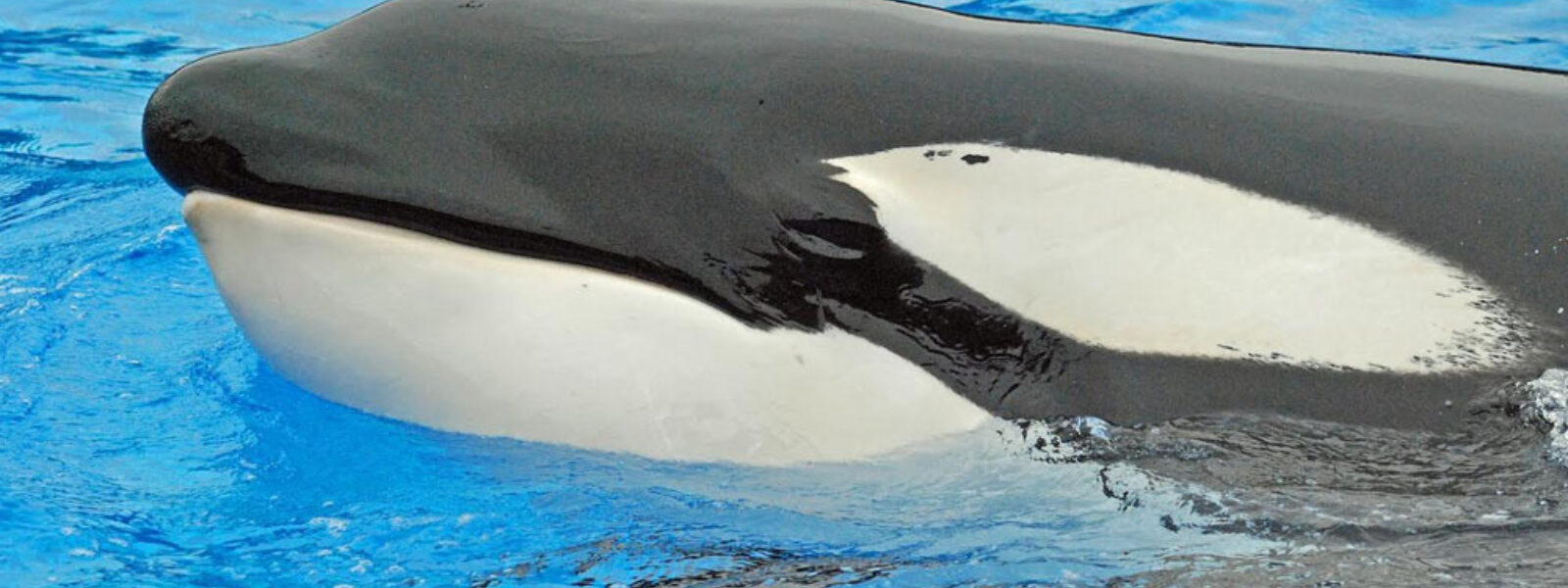
SeaWorld Can End Cruel Era of Orcas Displayed for Entertainment
On 30th anniversary of Free Willy and 10th of Blackfish, International Marine Mammal Project calls for SeaWorld to retire North America’s last remaining captive orcas
BERKELEY, CA — SeaWorld has become the last North American company that refuses to release orcas from lives in concrete tanks. That dubious distinction was earned this year when the orca Kiska died at Marineland Canada and Miami Seaquarium formally committed to relocate Tokitae, aka Lolita, to a sea sanctuary to be built in her home waters off the Washington coast.
July also marks the 30th anniversary of Free Willy and 10th anniversary of Blackfish — two landmark films that were instrumental in building worldwide pressure to end the capture of orcas and holding them in captivity for human entertainment.
The legacy of Keiko, made famous as the star of the hit movie Free Willy, demonstrated how orcas can successfully be returned to home waters. The film’s popularity led to the Free Keiko campaign that returned its star to a seaside sanctuary in his native Iceland after a stop in Oregon that brought him back to health and taught him the skills he needed for survival in the open ocean.
“The aftermath of Free Willy proved captive orcas can be returned to the ocean. Now is the time for SeaWorld to begin releasing North America’s last remaining captive orcas,” said David Phillips, director of International Marine Mammal Project, and founder of the Free Willy Keiko Foundation. “Relocating orcas to seaside sanctuaries and in some cases back into their wild pods is safe, humane and doable.”
Preparations are now underway to build a seaside sanctuary for Tokitae. She is 57 years old, the second oldest captive orca in the world, and all but four years of her life have been spent in small concrete tanks at the Miami Seaquarium. Scientists, animal welfare advocates, public opinion, and now even the owners of the Miami Seaquarium have agreed that she deserves to go home.
The science is clear that orcas suffer in captivity — and that SeaWorld has a troubled history as the leading orca captor. Blackfish showed how captive orcas suffer shortened and unhealthy lives in concrete tanks.
“Every one of the 18 remaining captive orcas held at SeaWorld, would all live better and healthier lives away from concrete tanks and in natural seawater sanctuaries,” Phillips said. “Half of the orcas at SeaWorld are under 21 years old, so unless SeaWorld gets behind retiring them the cruel era of orca captivity could continue for decades to come. That is unacceptable.”
Under growing public pressure, as well as provisions of California law, SeaWorld ended its orca breeding program and stopped all importation of additional orcas. But SeaWorld has refused to retire or relocate any of orcas to sea sanctuaries. SeaWorld could follow a similar path as Miami Seaquarium and work with the whale conservation community to retire its orcas.
“It’s time for SeaWorld to do the right thing and let its orcas follow the pathway to freedom from tanks led by Keiko, Tokitae and their allies in the whale conservation community,” Phillips said.
**********************************
